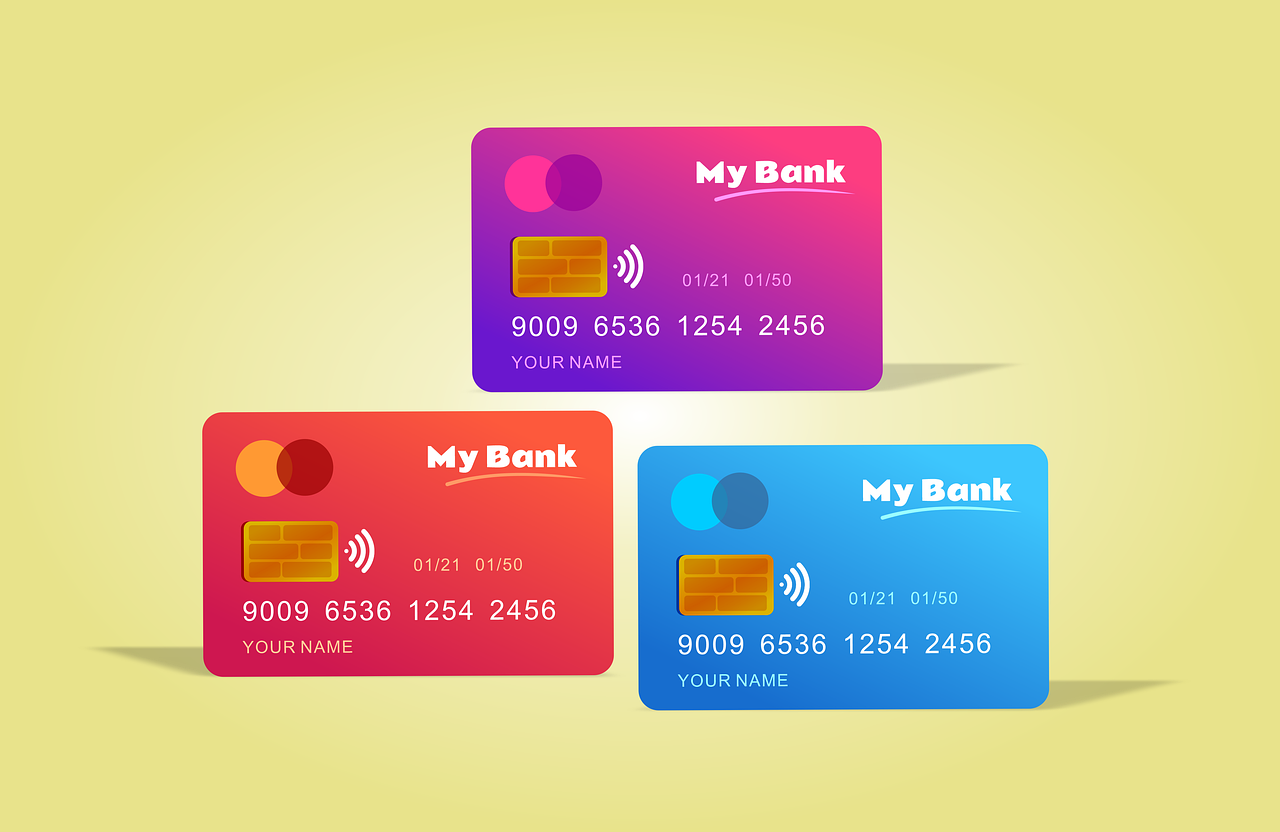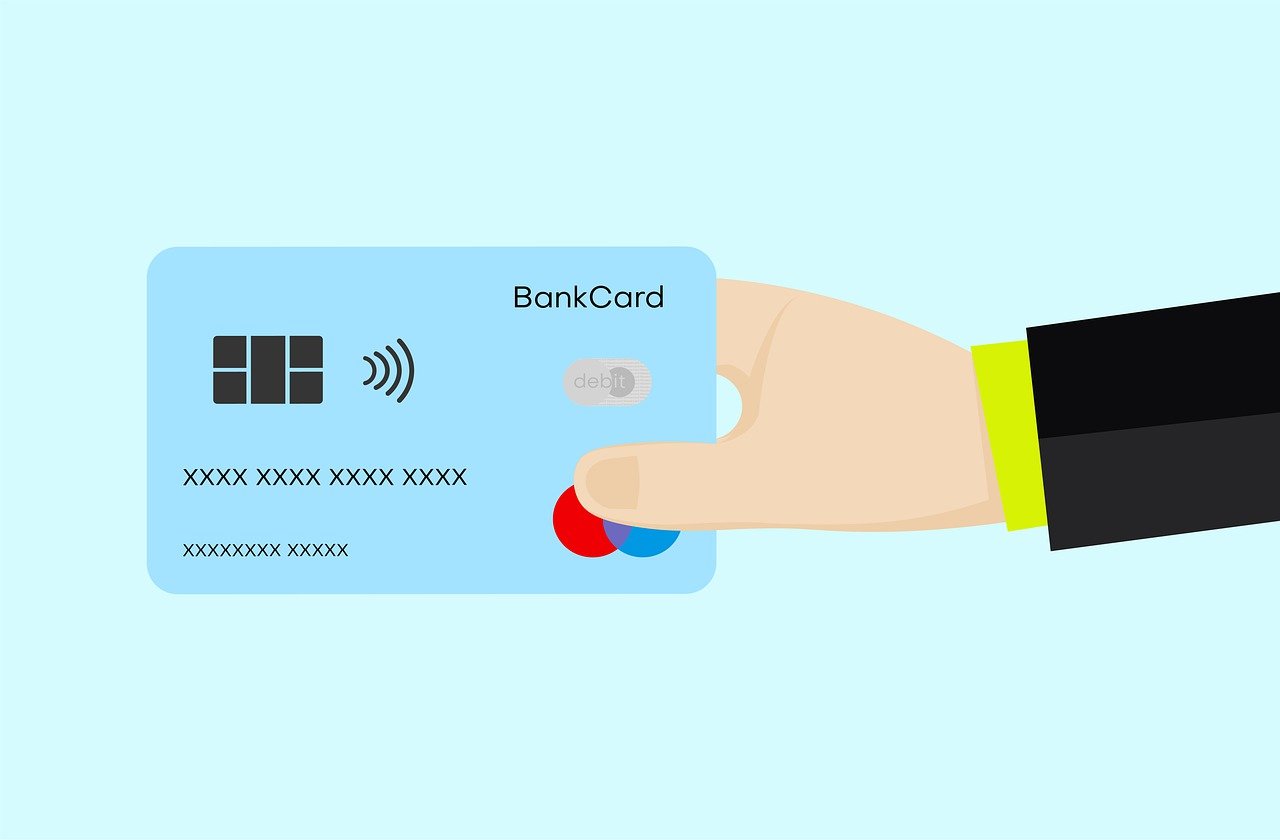Learn why people choose to sell gift card in this post.
Gift cards may look like small, everyday items, but together they represent one of the most significant segments of modern consumer finance. Globally, the gift card market is valued in the hundreds of billions of dollars. Retailers and service providers issue them to secure upfront revenue, reward loyalty, or capture market share. For consumers, they function as flexible but restricted spending power — money that works, but only in certain contexts.
What happens, however, when those contexts don’t fit? That is where a quiet but powerful secondary market emerges. Increasingly, individuals are choosing to sell gift card balances, transforming idle or inconvenient value into liquid funds they can actually use.
Far from being a niche activity, gift card resale has grown into a parallel economy — one that reveals deeper truths about inflation, liquidity, and the changing way we treat value itself.
Table of Contents
Gift Cards as a Financial Product
Although marketed as thoughtful presents, gift cards operate like prepaid financial instruments. When someone purchases a $50 card, the retailer records the revenue upfront, while the recipient holds a stored-value token that is redeemable only at that brand. For companies, the model is lucrative:
- Upfront cash flow: Funds are received prior to product delivery.
- Breakage: A percentage of cards go unused, generating pure profit.
- Customer lock-in: Recipients must spend within the brand’s ecosystem, often incurring additional expenses.
For consumers, though, the limitations are clear. A card’s utility depends on whether the store is accessible, the products desirable, and the timing relevant. If those don’t align, the value is effectively frozen. Selling becomes the rational choice.
Why People Sell Gift Cards
The motivations for resale are varied, but they all point toward flexibility and liquidity.
- Mismatch of needs
A card for a restaurant across town or a shop you never visit is worth little in practice. Selling unlocks that value for more immediate priorities.
- Urgent financial pressure
With global inflation pushing up costs, households often need every resource available. A card balance may mean the difference between paying a bill on time or falling behind.
- Cross-border remittances
Migrants and families often send digital codes to their loved ones overseas. Recipients can sell them locally, thereby bypassing the high fees associated with traditional money transfer services.
- Excess supply
During holidays, people often receive multiples of the same brand. Consolidating them through resale turns scattered balances into meaningful cash.
- Entrepreneurial activity
Some individuals treat gift card trading as a side business, buying discounted cards and reselling them for profit.
In each case, the logic is the same: locked value is wasted value. Selling restores it to circulation.
The Economics of Resale
At a macro level, resale represents the recycling of capital. Every dollar tied up in unused cards is capital removed from active circulation. Analysts estimate that billions of dollars in cards expire or go unused each year. That’s equivalent to taking an entire small economy’s worth of liquidity and locking it away.
By selling, consumers reintroduce that capital into the economy, whether through groceries, transport, or rent. The act of choosing to sell gift card is therefore not just a personal financial decision — it is part of a larger mechanism keeping value moving.
Real-World Scenarios
To understand the impact, consider a few examples:
- The parent in Argentina: Facing monthly inflation, a mother sells global-brand cards quickly to stabilize household spending before prices rise further.
- The student in Canada: After receiving several small-value retail cards, he sells them for one lump sum that covers textbooks.
- The freelancer in India: Paid by an overseas client with prepaid balances, she sells them immediately for rupees to cover her rent.
- The gamer in Europe: With cards spread across different platforms, he sells them to fund the one gaming ecosystem he actually uses.
These examples illustrate the diverse range of use cases, spanning from survival to convenience to lifestyle optimization.
Risks and Challenges
Despite its benefits, resale is not without complications.
- Discounted returns: Sellers rarely get full face value; urgency comes with a cost.
- Fraud risk: Fake or stolen codes continue to circulate, particularly in informal markets.
- Market demand: Popular brands sell quickly, but niche ones may attract little interest.
- Perception: Some still view selling as ungrateful, although cultural norms are shifting toward a more practical approach.
The maturity of the resale market depends on addressing these risks through technology, regulation, and education.
READ ALSO: The Best Guide to Using CoinsBee Gift Cards for Crypto Purchases
Regional Perspectives
Gift card resale takes on different meanings around the world:
- North America: The largest secondary market, driven by convenience and waste reduction.
- Europe: Regulations create structure, but resale thrives in gaming and digital services.
- Africa: Cards act as alternatives to cash in underbanked regions, with resale enabling survival.
- Asia: Integration with mobile wallets makes resale a regular part of everyday financial life.
- Latin America: High inflation and remittance needs push families to rely on resale as a tool of stability.
These regional patterns demonstrate that the act of selling cards is not marginal but globally significant.
The Role of Technology
Technology underpins the growth of resale. What once required peer-to-peer swaps in forums has evolved into a structured process. Key innovations include:
- Escrow systems that protect buyers and sellers.
- Balance verification tools that prevent fraud.
- Automated payout calculators that show value in real time.
- Mobile-first platforms enabling instant sales from a phone.
- Blockchain experiments with tokenized cards for transparency.
These tools reduce friction, increase trust, and expand the secondary market’s scale.
Future Outlook
Several trends will shape the future of gift card resale:
- Universal cards: Multi-brand, easily tradable cards could make resale more efficient.
- AI-driven nudges: Wallets that remind users to sell unused balances before they expire.
- Crypto integration: Direct conversion of cards into stablecoins or other digital assets.
- Cross-border networks: Cards formalized as remittance tools in emerging markets.
- Normalization: Selling cards will become as ordinary as reselling electronics or clothing online.
These changes will only strengthen the logic of selling: ensuring that value is never wasted.
Conclusion
Gift cards are no longer just seasonal tokens. They are part of a living economy that reflects how people manage money, liquidity, and flexibility. The act of choosing to sell gift card is about more than convenience. It is about reclaiming control over resources, adapting to economic pressures, and ensuring that value circulates where it matters most.
As financial systems become increasingly digital and global, the importance of resale will only continue to grow. Far from being taboo, it will be seen as smart, practical, and even necessary. In a world where liquidity defines usefulness, selling a gift card is not just a choice — it is a strategy.
INTERESTING POSTS
About the Author:
Amaya Paucek is a professional with an MBA and practical experience in SEO and digital marketing. She is based in Philippines and specializes in helping businesses achieve their goals using her digital marketing skills. She is a keen observer of the ever-evolving digital landscape and looks forward to making a mark in the digital space.










